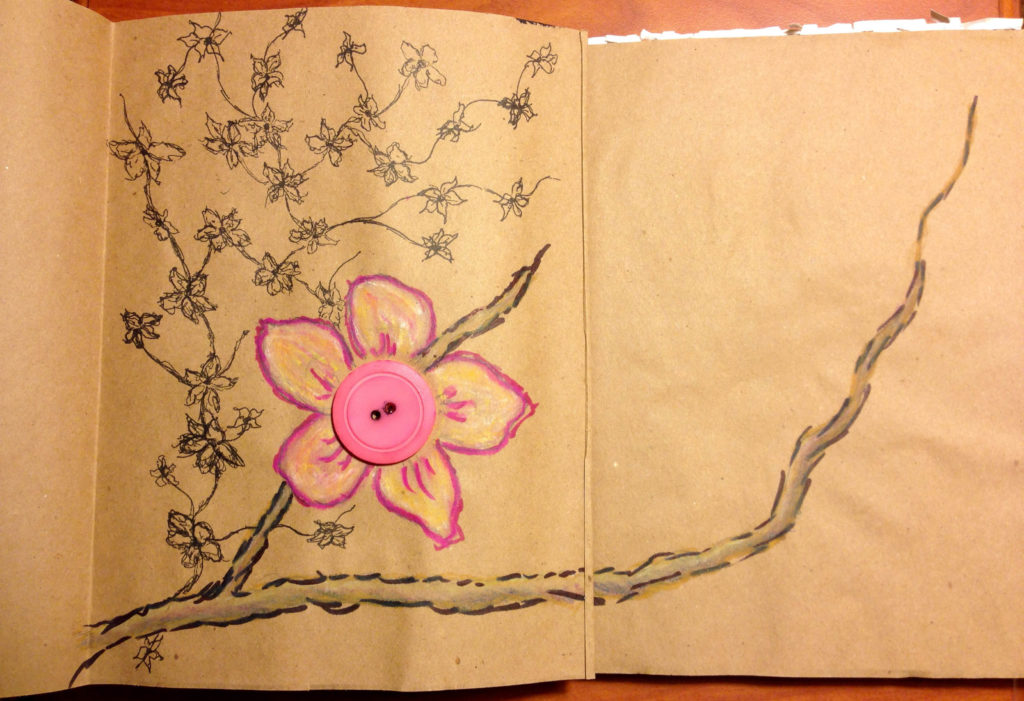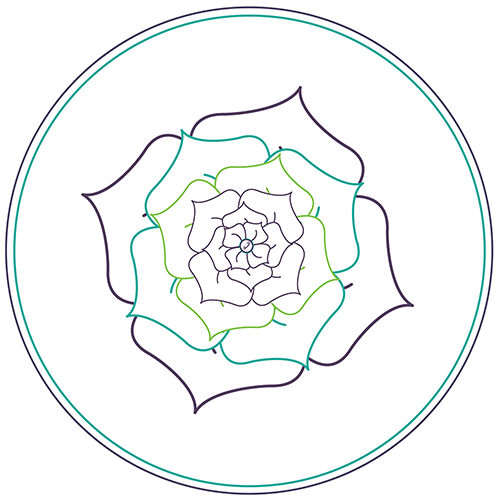Art Therapy
Almond Blossoms of Hope, LLC defines the process of engaging in Art Therapy as a way of expressing one’s thoughts, feelings-emotions, and/or experiences through the use of art materials. The artwork can be abstract or more realistic in style. Which, can look like a drawing, painting, or a three-Dimensional representation. There is no right or wrong, nor judgment of artistic abilities, creativity, or aesthetics while exploring this therapeutic process. Art materials are used by the individual to create images, symbols, and/or metaphors. This process allows for self-expression and a means to meet individualized therapeutic goals established mutually among the client and the therapist.
The following materials can be used during an art therapy session: drawing media such as pencils, colored pencils, markers, oil pastels, & chalk; other materials include paint; clay; books; magazines; photography; found objects, etc.
What is art therapy?
According to the American Art Therapy Association:
Art Therapy, facilitated by a professional art therapist, effectively supports personal and relational treatment goals as well as community concerns. Art Therapy is used to improve cognitive and sensory-motor functions, foster self-esteem and self-awareness, cultivate emotional resilience, promote insight, enhance social skills, reduce and resolve conflicts and distress, and advance societal and ecological change.
Art therapists are master-level clinicians who work with people of all ages across a broad
spectrum of practice. Guided by ethical standards and scope of practice, their education and supervised training prepares them for culturally proficient work with diverse populations in a variety of settings. Honoring individuals’ values and beliefs, art therapists work with people who are challenged with medical and mental health problems, as well as individuals seeking emotional, creative, and spiritual growth.
Through integrative methods, art therapy engages the mind, body, and spirit in ways that are distinct from verbal articulation alone. Kinesthetic, sensory, perceptual, and symbolic opportunities invite alternative modes of receptive and expressive communication, which can circumvent the limitations of language. Visual and symbolic expression gives voice to experience, and empowers individual, communal, and societal transformation.

Today art therapy is widely practiced in a wide variety of settings including hospitals, psychiatric
and rehabilitation facilities, wellness centers, forensic institutions, schools, crisis centers, senior
communities, private practice, and other clinical and community settings. During individual and/or group sessions art therapists elicit their clients’ inherent capacity for art making to enhance their physical, mental, and emotional well-being. Research supports the use of art therapy within a professional relationship for the therapeutic benefits gained through artistic self-expression and reflection for individuals who experience illness, trauma, and mental health problems and those seeking personal growth.
Who benefits from art therapy?
Art therapy is practiced in mental health, rehabilitation, medical, educational, forensic, wellness, private practice and community settings with diverse client populations in individual, couples, family, and group therapy formats. Art therapy is an effective treatment for people experiencing developmental, medical, educational, and social or psychological impairment. Individuals who benefit from art therapy include those who have survived trauma resulting from combat, abuse, and natural disaster; persons with adverse physical health conditions such as cancer, traumatic brain injury, and other health disability; and persons with autism, dementia, depression, and other disorders. Art therapy helps people resolve conflicts, improve interpersonal skills, manage problematic behaviors, reduce negative stress, and achieve personal insight. Art therapy also provides an opportunity to enjoy the life-affirming pleasures of art making.
References
American Art Therapy Association (2017). Definition of profession. https://www.arttherapy.org/upload/2017_DefinitionofProfession.pdf
If you are interested in receiving art therapy services or want to know how you can add these services to your facility contact us today.
We also offer corporate services for staff to learn the benefits of using expressive media for self-care and promoting wellness.
